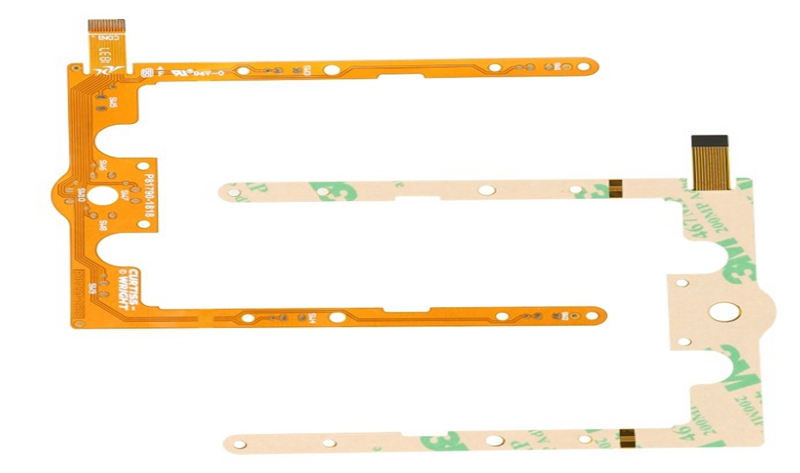Expensive and complex discrete interconnect cables can reduce design reliability, increase design cost and overall design size. Fortunately, there is an alternative to flex and Rigid Flex PCB Board. Flexible PCB provide a cost-effective and convenient solution for your design interconnect requirements, with the added benefits of PCB repeatability and reliability. Discrete interconnects have inherently different conductor orientations, while flexible PCB keep all conductors in a particular direction that is fixed to each other. The consistency of this combination allows accurate modeling of flexible PCB traces and more predictable designs. In addition, the Flexible PCB Circuit Board can include gold finger contacts, allowing the edge of the flexible PCB to be used as a convex portion of the connector and can accommodate high density designs. Because this flexible PCB can be used to replace most traditional discrete interconnect solutions, while still allowing a highly modular design.
Flexible PCB Circuit Board
In addition to providing an effective way to design and produce interconnect solutions, flexible PCB can also house components and form the basis of the entire solution. The use of flexible PCB instead of traditional PCB allows for smaller and less traditional PCB designs that can be installed in a housing or they would not be able to accommodate traditional PCB. Instead of mounting the components on a rigid PCB, you can mount them on a flexible solution and they will conform to the contoured housing. In addition, parts of the flexible PCB can be reinforced with a reinforcing substrate to increase reliability. Finally, flexible PCB help achieve the slightest solution, because flexible PCB have significantly lower unit weight than traditional PCB. Examples of applications typically based on flexible PCB solutions include wearables, digital cameras, medical devices, and other small consumer electronics devices. Flexible PCB also have the advantage of inherent resistance to vibration. They are often used in automotive equipment because of their inherent resistance to vibrations and they are also very suitable for electronic equipment with mechanical parts. Therefore, they are widely used in printers, hard disks and keyboards.
Before sending the design for manufacturing, consider that the flexible board is flexible during the design process and that the design board has the highest density on the production board when nested. If bending can be used to achieve a specific size, bend in the installation, not in the initial design. Finally, using stiffeners with flexible PCB may be more cost-effective than flexible rigid designs. When you need fewer layers in your design, it may be more cost-effective to use a flexible PCB and add stiffeners to key parts of the board. Only consider flexible rigid solutions when your design has very large number of layers.
Finally, filling a flexible PCB is very similar to filling a rigid PCB. When performing flexible PCB assembly, consider the following tips:
In summary, flexible and flexible rigid PCB can greatly reduce the cost and complexity of your next product manufacturing process. Flexible PCB are a great alternative to traditional discrete wiring solutions, providing PCB repeatability and reliability in a flexible form factor. In addition, flexible rigid PCB provide the opportunity to create highly complex 3D designs while maintaining low assembly costs, high levels of repeatability and reliability. In short, flexible PCB will allow you to deal with designs that are too expensive, too complex or impossible to manufacture. Take your design to the next level with flexible or flexible rigid PCB.

没有评论:
发表评论